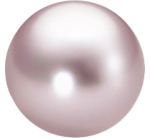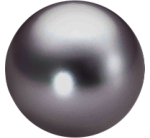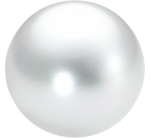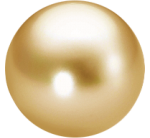Our Pearls
The pearl is the heart, the very soul of each piece of HODEL Jewellery - as such, only the best will do. All pearls are sourced directly from selected pearl farms in Southeast Asia and each one undergoes rigorous inspection by a team of experienced pearl merchandisers. Thanks to an unwavering commitment to distinction, HODEL has become justly recognized for the extraordinary lustre and colour of their pearls, as well as the rich variety of shapes and sizes.
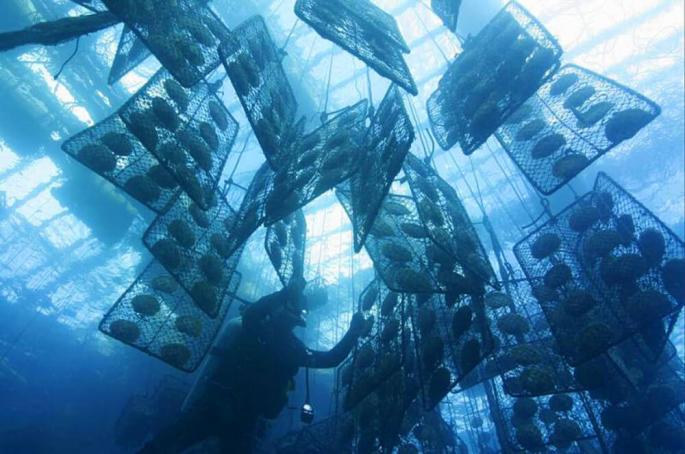
Birth of a Pearl
PEARLS FROM NATURE TO NURTURE
Pearls began as a mystery, but advancing science gradually revealed some of their secrets.
Once it was understood that the pearl was a natural defence mechanism against the entry of a tiny irritant into the oyster’s shell, the next step was to stimulate this natural process by artificially introducing such an irritant into the oyster as a nucleus to activate pearl production around it. This was first successfully achieved in 1893.
While natural pearls are still the most highly prized, today cultured pearls bring the beauty of these remarkable gems to a much wider audience. And despite the terminology, cultured pearls are an authentic product of nature – an entirely organic creation, not a manufactured artificial commodity.
TYPES OF PEARLS
QUALITIES OF PEARLS
The amount of reflected light from the layers of translucent nacre of a pearl. The deeper, and clearer the layers, the 'cleaner' (more detailed) the reflected image.
As a pearl is a natural product it can exhibit imperfections that occur in the secretion of the nacre. These blemishes on the surface can be subtle in the form of white spots and/or groves. In more extreme cases a 'cracked effect' sometimes called 'hammer marks' may occur. Generally, the fewer imperfections on the surface, the more valuable the pearl.
Perfectly round pearls, being the rarest of all shapes and the most sought-after, are the most valuable. However, there are many other natural shapes favoured such as button, drops, oval and baroque.
As a general rule; the larger the pearl the more valuabel it is. In every harvest for pearls of good lustre and surface texture, there are only one or two large pearls and thousand of smaller sizes.
Depending on the type of oyster, some pearls may fetch higher prices due to the popularity and/or rarity of colour. The simple truth is that colour is a matter of personal preference and as long as the pearl meets the other requirements of lustre, surface, shape and size, it will please someone, somewhere.

